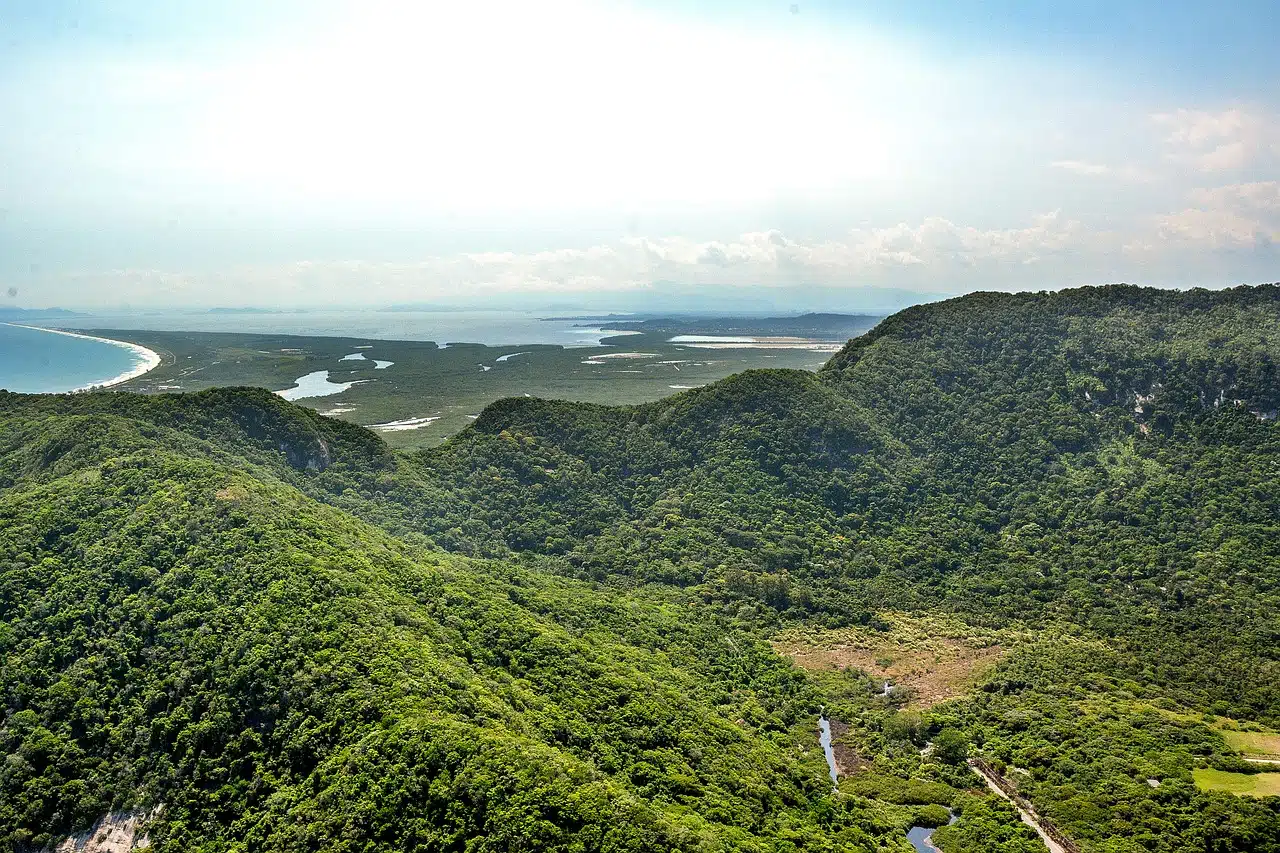
A biological reserve is a protected space that seeks to preserve the good conditions of the ecosystem.
A biological reserve is a space that is protected and maintained in good preservation conditions due to the relevance it has for the flora , fauna or ecosystem in general . Human beings are responsible for managing the conservation of the environment and minimizing the impact of human activity.
It should be noted that a guarded or preserved area that is established to serve its time is known as a reserve . What is reserved is protected so that it can be used in the future or in the event that some contingency occurs.
Biology , for its part, is the natural science that is dedicated to examining the beginning, evolution and particular characteristics of living beings . Biologists analyze the particularities of individual organisms and species as a whole.
Also called a nature reserve or ecological reserve , experts claim that Sri Lanka was the first nation to have a reserve of this type, when in the 3rd century BC the king ordered to protect the wildlife around Minhintale . In even more remote times, it is believed that certain forests and mountains were preserved by religious beliefs.
Biological reserves in Spain
In the case of Spain we find several biological reserves of great value and wealth. Among them, for example, the Doñana National and Natural Park stands out, which is located in Andalusia and more specifically between the provinces of Cádiz , Huelva and Seville .
It is part of the UNESCO World Heritage catalog and it must be emphasized that it receives its name from the wife of the VI Duke of Medina-Sidonia , Doña Ana de Silva y Mendoza .
Its great biological wealth from a faunal point of view is perhaps the most significant hallmark of this natural corner where more than three hundred species of birds can be admired. And it becomes a breeding and passage place for many birds from Europe and Africa .
All of this without forgetting either the beauty and value of its marshes or the existence on its land of the El Acebuche Breeding Center, which has as its clear objective the survival and breeding in captivity of the Iberian lynx, which until now is the feline that is in greater danger of extinction.
In Spain, in addition to this mentioned park, another equally important park must also be highlighted, such as the biological reserve of the Sierras de Cazorla, Segura and Las Villas Natural Park. This is located in the province of Jaén , which has the privilege of being the most protected natural space in the country and the second in Europe in this same sense.

A biological reserve may have different conservation regimes.
Other examples
The biological reserve known as Jaraguas , in the Dominican Republic , is another example of a biological reserve. It is made up of four national parks ( Sierra de Bahoruco , Jaragua , Isla Cabritos and Lake Enriquillo ) and has an area of 5,770 square kilometers.
There are reserves that protect the coastline and island territories, such as the Arvoredo Marine Biological Reserve in Brazil . This reserve, created in 1990, includes several islands and islets totaling an area of 17,600 hectares.
